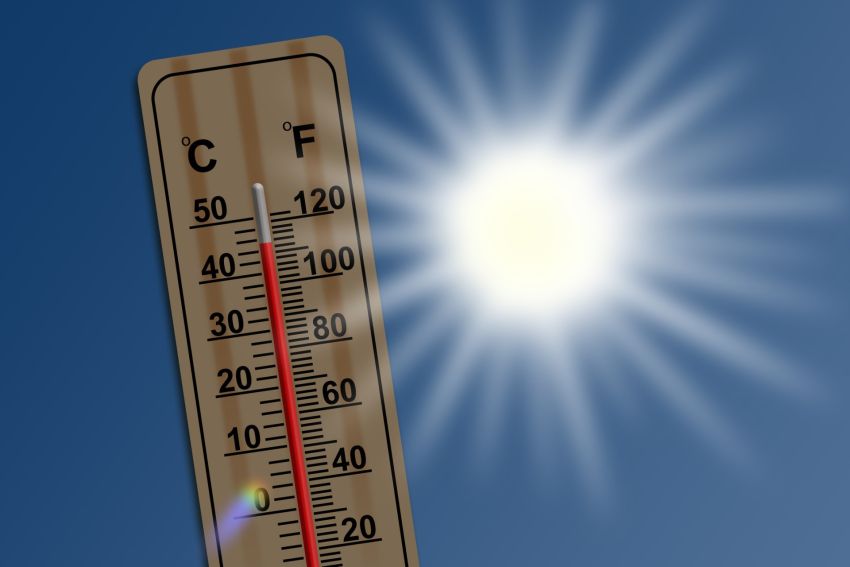Weatherproof Your Home: Preparing for Idaho’s Harsh Seasons
Mild Looks Can Be Deceiving. Most Homes Are Not Built For Harsh Weather.
Idaho is beautiful, mountains, open skies, and that fresh pine-scented air. But any homeowner who’s spent a year here knows the truth: the weather doesn’t play around. One month you’re battling snowdrifts, the next you're sweltering under 100-degree heat. Then throw in spring hailstorms and wild wind gusts that casually rearrange your patio furniture.
The problem? Most homes aren’t built for this kind of stress test. And if yours isn’t weatherproofed, you’re not just risking comfort, you’re risking costly repairs, outrageous energy bills, and even safety hazards.

When the Weather Fights Back | Idaho’s climate is wildly unpredictable and extremely unforgiving.
- Winter lows regularly plunge below 0°F, especially in cities like Idaho Falls.
- Summer highs often soar past 95°F, pushing AC systems to their limits.
- Spring and fall bring strong winds, ice storms, and flash floods.
Every season carries a unique threat. And if your home isn’t prepped—say, your siding is cracked, your windows leak air, or your roof is holding on by a nail—those threats become very real costs.
How to Fortify Your Home
Idaho’s weather won’t wait. But you can be smarter than the storm. Whether you're a new homeowner or you’ve lived in your place for years, here’s how to start building your home’s defense system.
1. Seal Your Shell: Siding, Windows, and Doors
- Upgrade to insulated siding—Fiber cement and engineered wood siding offer strong resistance to moisture, wind, and heat loss.
- Install energy-efficient windows—Double or triple-pane glass with Low-E coating helps reduce energy loss by up to 30%.
- Weatherstrip and caulk everything—Gaps around doors and windows are silent killers for your heating and cooling efficiency.
Pro Tip: Use a thermal camera (many utility companies loan them out for free) to detect drafts and cold spots.
2. Strengthen Your Roof and Gutters
- Inspect and replace loose shingles—Idaho winds can tear them off like paper.
- Ensure gutters are clean and slope properly—to prevent ice dams and water pooling near your foundation.
- Add snow guards or heat cables to prevent roof avalanches in heavy snow zones.
3. Defend Against Water Intrusion
- Install or maintain sump pumps in basements.
- Extend downspouts at least 6 feet from the house.
- Grade your landscape to move water away from your foundation.
4. HVAC and Insulation Checks
- A poorly insulated attic is like wearing a winter coat with the zipper open. Invest in proper R-value insulation (R-49 or higher for attics.)
- Service your furnace and AC every 6-12 months to ensure they don't fail when you need them most.
5. Emergency Prep: Just In Case
- Install backup generators in areas prone to outages.
- Keep a home emergency kit with water, flashlights, blankets, and tools.
- Review insurance coverage for flood, wind, and snow damage—many policies don’t include these by default.
Idaho-Strong, Year-Round
Your home isn’t just a structure, it’s your protection. Weatherproofing isn’t about perfection. It’s about preparation. Whether you're dealing with sudden snow squalls in January or wildfire ash blowing in during August, one thing’s for sure: Idaho doesn’t care if you’re ready. But your home should be. Start small. Replace the siding that’s peeling. Seal the gaps in your windows. Upgrade the insulation in your attic. These changes aren’t just smart, they’re essential.


